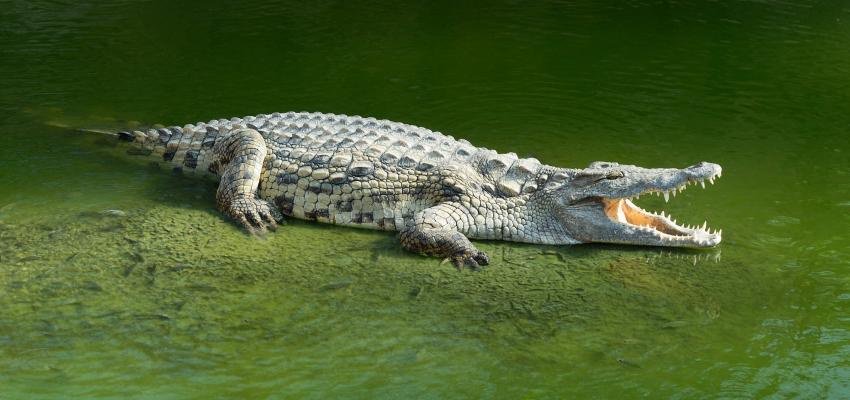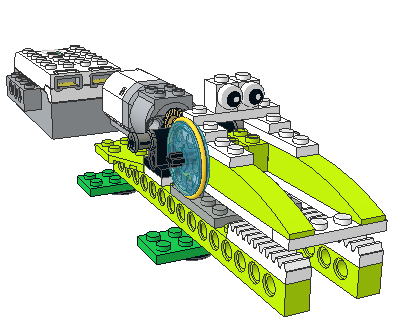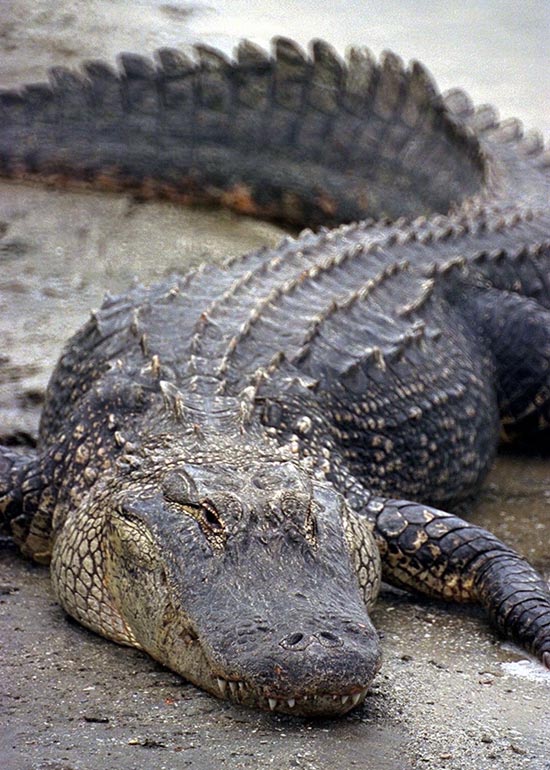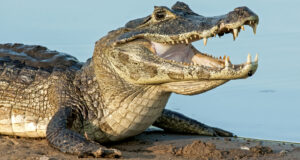CONNECT
 Domestic and wild animals have different ways of living. Domestic animals, such as dogs and cats, live with us at home, enjoying playtime and affection, while wild animals prefer to live free, without constant human company. Each type of animal, such as the alligator, can be considered an example of a wild animal, as they inhabit nature, exploring forests and vast areas. It is essential to respect the nature of all these animals, ensuring that they live as well as possible, whether in domestic environments or in nature. Taking care of our furry friends at home and, at the same time, preserving the natural spaces of wild animals, such as lions, birds, and alligators, are ways to ensure that everyone can live well and happily in their specific environments.
Domestic and wild animals have different ways of living. Domestic animals, such as dogs and cats, live with us at home, enjoying playtime and affection, while wild animals prefer to live free, without constant human company. Each type of animal, such as the alligator, can be considered an example of a wild animal, as they inhabit nature, exploring forests and vast areas. It is essential to respect the nature of all these animals, ensuring that they live as well as possible, whether in domestic environments or in nature. Taking care of our furry friends at home and, at the same time, preserving the natural spaces of wild animals, such as lions, birds, and alligators, are ways to ensure that everyone can live well and happily in their specific environments.
Check out the video “Wild Animals and Domestic Animals”:
CONTEMPLATE
• Have you ever been to a zoo?
• Have you seen an alligator? Did you find it to be a dangerous animal? Why?
ACTIVITY PROPOSAL

ALLIGATOR
Alligators are nocturnal animals, and during the day they gather in groups to sunbathe. They feed on fish, birds, and mammals. They have a greenish color, almost brown, with a yellowish belly, a wide and flat snout, and can measure up to 3 meters in length.
BUILD

Build an alligator with the pieces from the LEGO® EDUCATION WeDo 2.0 Technology Kit.
Click the button to download the file.
Watch the video below to see how the alligator moves:
ASSEMBLY PROGRAMMING
Make the alligator move the same way as shown in the video.
1. Create the programming as shown below:

2. Explain to the rest of the class how the alligator worked.
CONTINUE

Answer the questions and share the answers with your classmates.
• Which part of the project did you find most interesting: the assembly or the programming?
• What is the function of the elastic band in the assembly?
After the construction, store all the materials used.



